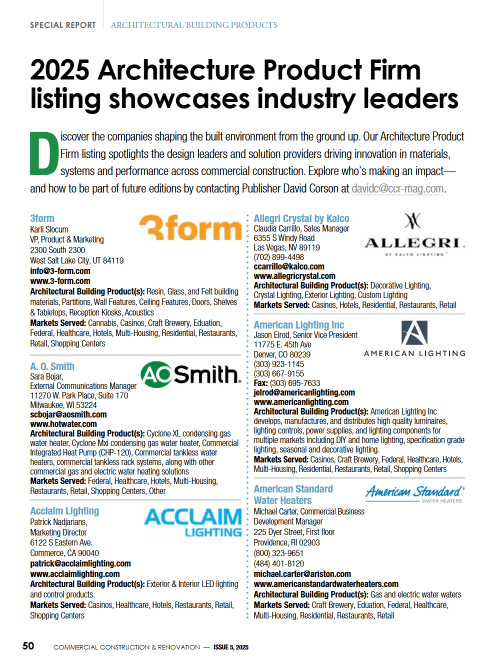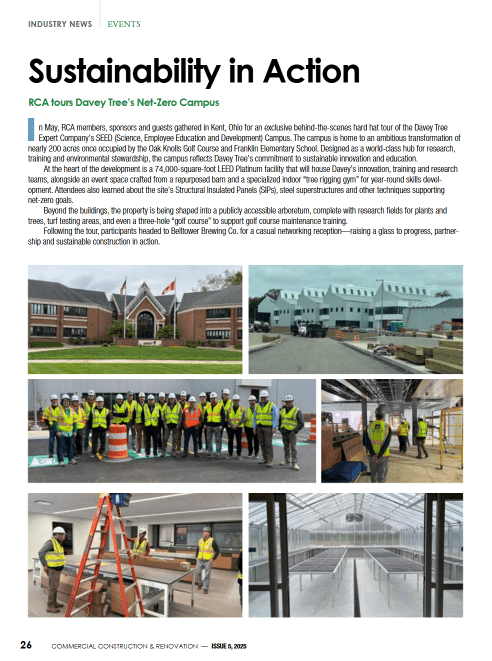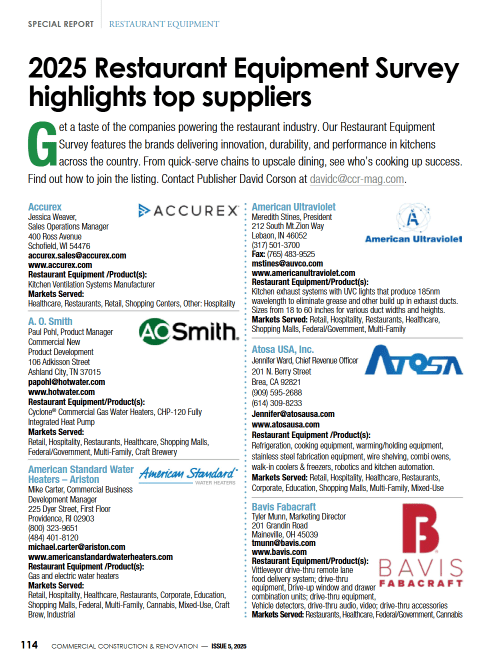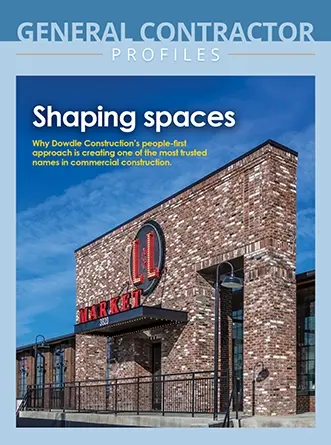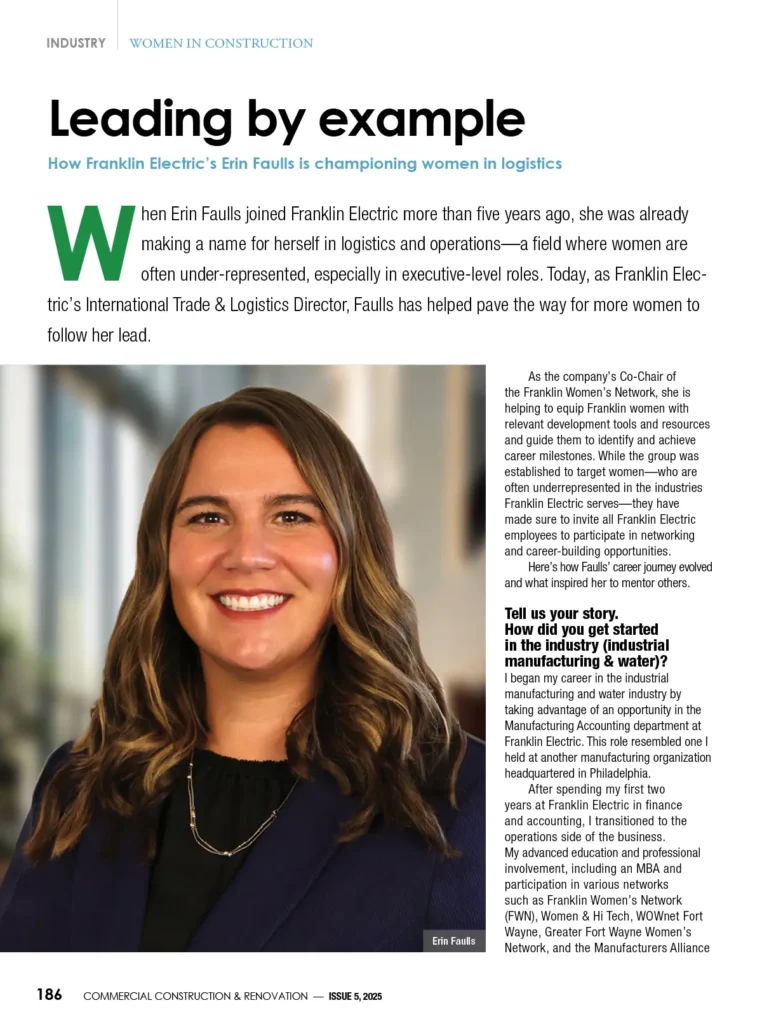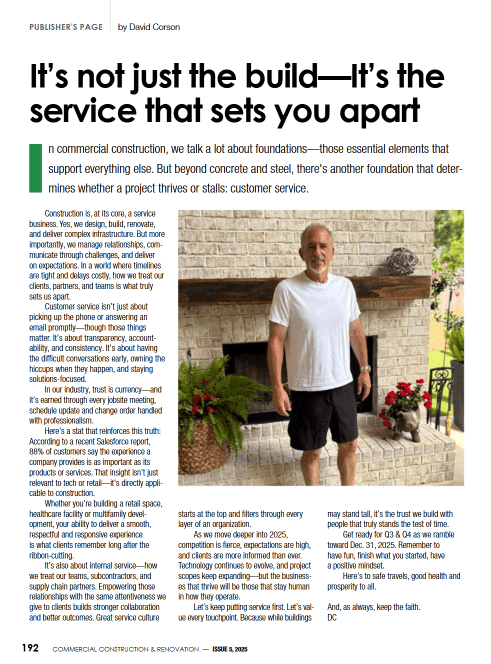
The world of work has changed dramatically in recent years, with the rise of technology and globalization. These changes have created new challenges for workplace safety. However, there are also many opportunities to improve workplace safety through a range of simple steps.
Here are six ways you can enhance your workers’ safety in the workplace:
- Preventive maintenance
The first thing you should do is make sure your employees are well trained in the principles of preventive maintenance. They should know how to conduct a proper inspection and check the equipment they use on a regular basis to ensure its safety. Proper documentation is also crucial: it can help you identify where your company’s priorities are and what areas need improvement. The best part about preventive maintenance is that it doesn’t require a large investment; instead, it takes proper training, vigilance and discipline from your team members.
- Risk assessment
Risk assessment is a process for identifying, controlling and eliminating hazards. It helps to identify and reduce risks, as well as the causes of work accidents.
Risk assessments are legally required by law in most countries when carrying out activities that could lead to injury or illness. A risk assessment also identifies the best safety measure that can be implemented to prevent an accident from happening again in future. Risk assessments avoid unnecessary costs by reducing accidents, injuries and illnesses which could result from poor health & safety practices.
- Safety audits
- Conduct safety audits regularly. You should conduct safety audits every 6-12 months, depending on the size of your business and its operations. Audits are an excellent way to identify hazards and keep track of any corrective action taken in response to them.
- Understand that safety is everyone’s responsibility. Safety audits should focus on the overall work environment, not just specific tasks or departments; this will help ensure a safer working climate overall.
- Keep detailed audit records. Your audit records should include information about all identified hazards and corrective action taken, as well as relevant dates for when these events occurred and were resolved (or were still pending). This will make it easier for you to identify areas that need improvement in future audits—and also know how effective past measures were at preventing problems from recurring over time.
- Personal protective equipment (PPE)
Personal protective equipment (PPE) is a last resort to protect workers from hazards. It is not a substitute for proper safe work practices or engineering controls. PPE includes:
- Hard hats and other head protection
- Eye protection, such as goggles or glasses with side shields
- Hearing protection, such as earplugs or muffs
- Respiratory protection against chemicals, toxic materials, pathogens and other airborne contaminants
- Providing a quality spill kit for protection against hazardous substances
- Training and education
Training and education are important for workers to be able to do their job safely.
Safety training can include teaching employees about fall protection, job site hazards and how to report them, or proper use of equipment. It can also involve helping workers understand the importance of staying fit, alert, and aware at all times so that they can prevent accidents before they happen.
Although many companies provide safety training during an employee’s first week on the job, it’s still important that people receive additional instruction over time as new hazards arise or changes occur in their work environment (e.g., new technology). The types of training needed will depend on:
- the type of work being done;
- the type of equipment being used;
- the location where employees are working;
- Involvement in safety programs
Next, you should involve your workers in the process of creating a culture of safety. If they believe in the importance of this initiative, they will be more likely to follow the rules and practices that their safety programs outline.
The best way to do this is by setting aside time for them to share their ideas regarding how they can improve their own safety practices and conditions at work. You may also want to include a bit of fun as part of your meeting—for instance, have everyone take turns playing an active role in creating a poster that promotes one aspect of workplace health and safety (such as avoiding slips or falls). This way, they’ll feel like they’re contributing something valuable toward improving the company’s overall image!
Conclusion
We hope this post has helped you to think more about the importance of worker safety. We understand that when you’re busy, it can be easy to forget about things like these, but it’s important not to. Remember that your employees are the most important thing in your company and without them it wouldn’t function. So do all you can to show that you care about their wellbeing!



















